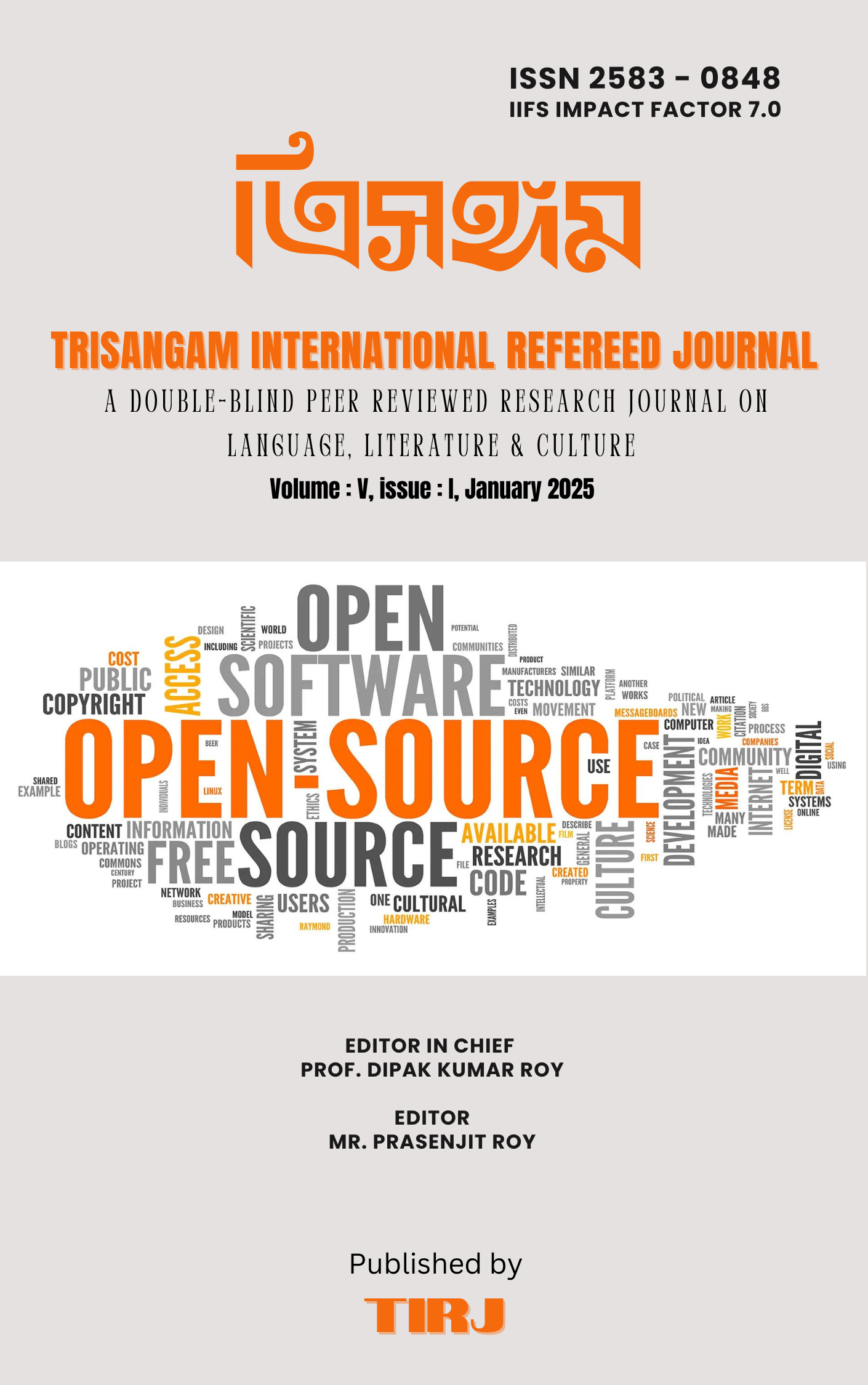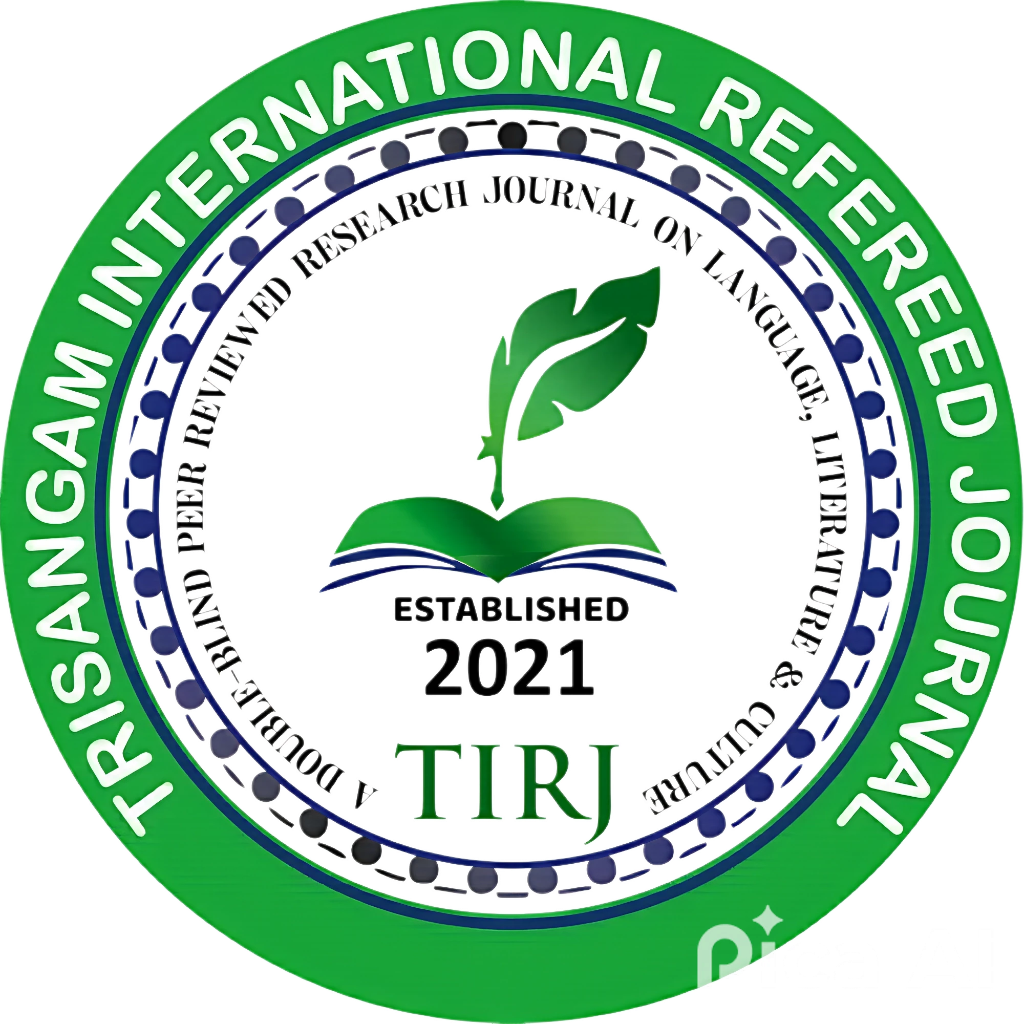'World' in Wittgenstein's philosophy/ ভিটগেনস্টাইনের দর্শনে ‘জগত’
Keywords:
- Possible World,
- Unique,
- Atomic Fact,
- Reality,
- Object
Abstract
Wittgenstein is a famous philosopher of language. Philosophers of language believed that people talk about the world and worldly objects through the use of language, so the only way to know the structure of thought or experience related to the world and worldly objects is to know the structure of language. And the way to know this structure of language is to analyze language. Language analysis is possible only through the inherent logic of language. This logic of language is inherent in the nature of language. Therefore, to understand the logic of language, one must understand the nature of language. According to Wittgenstein, it is possible to describe the world only through language, so to understand language, one must understand the nature of the world. In this context, Wittgenstein explained the nature of the world in his book ‘Tractetus: Logico Philosophicus’. ‘World is the totality of facts, not of things.’ - Based on this principle, an attempt will be made to have a complete discussion about the world in this series.
Downloads
References
১. ‘Philosophy is not a theory but an activity’. Tractatus, 4.112, P. 44
২. Preface, Tractatus Logico-Philosophicus, Ludwig Wittgenstein, Trans by C. K. Ogden, P. 23
৩. 1.1, Tractatus Logico-Philosophicus, Ludwig Wittgenstein, Trans by C. K. Ogden, P. 25
৪. ‘What is the case, the fact, is the existence of atomic fact’. Tractatus, 2, P. 25
৫. 2.01, Tractatus Logico-Philosophicus, Ludwig Wittgenstein, Trans by C. K. Ogden, P. 25
৬. ‘A fact which has no parts that are facts nis called by Mr. Wittgenstein a Sachverhalt. That is the same thing that he calls an atomic fact’. Tractatus, Introduction, B. Russell. P. 8
৭. ‘The structure of a fact consists of the structures of atomic facts’. Tractatus 2.034, P. 28
৮. ‘The sum total of reality is the world’. Tractatus 2.063, P. 28
৯. 2.06, Tractatus Logico-Philosophicus, Ludwig Wittgenstein, Trans by C. K. Ogden, P. 28
১০. 2.04, Tractatus Logico-Philosophicus, Ludwig Wittgenstein, Trans by C. K. Ogden, P. 8
১১. ‘The totality of existing atomic facts also determines which atomic facts does not exist’. Tractatus 2.05, P. 28
১২. “For the totality of facts determines what is the case and also whatever is not the case.” Tractatus 1.12, P. 25
১৩. ‘Objects are colourless’. Tractatus 2.0232, P. 27
১৪. ‘It is obvious that in the analysis of propositions we must come to elementary propositions, which consist of names in immediate combination’. Quoted by Passmore – Hundred Years of Philosophy. Penguin Books. 1984. P. 353
১৫. 2.011, Tractatus Logico-Philosophicus, Ludwig Wittgenstein, Trans by C. K. Ogden, P. 25
১৬. ‘…there is no object that we can imagine excluded from the possibility of combining with other objects’. Tractatus. 2.0121, P. 25






